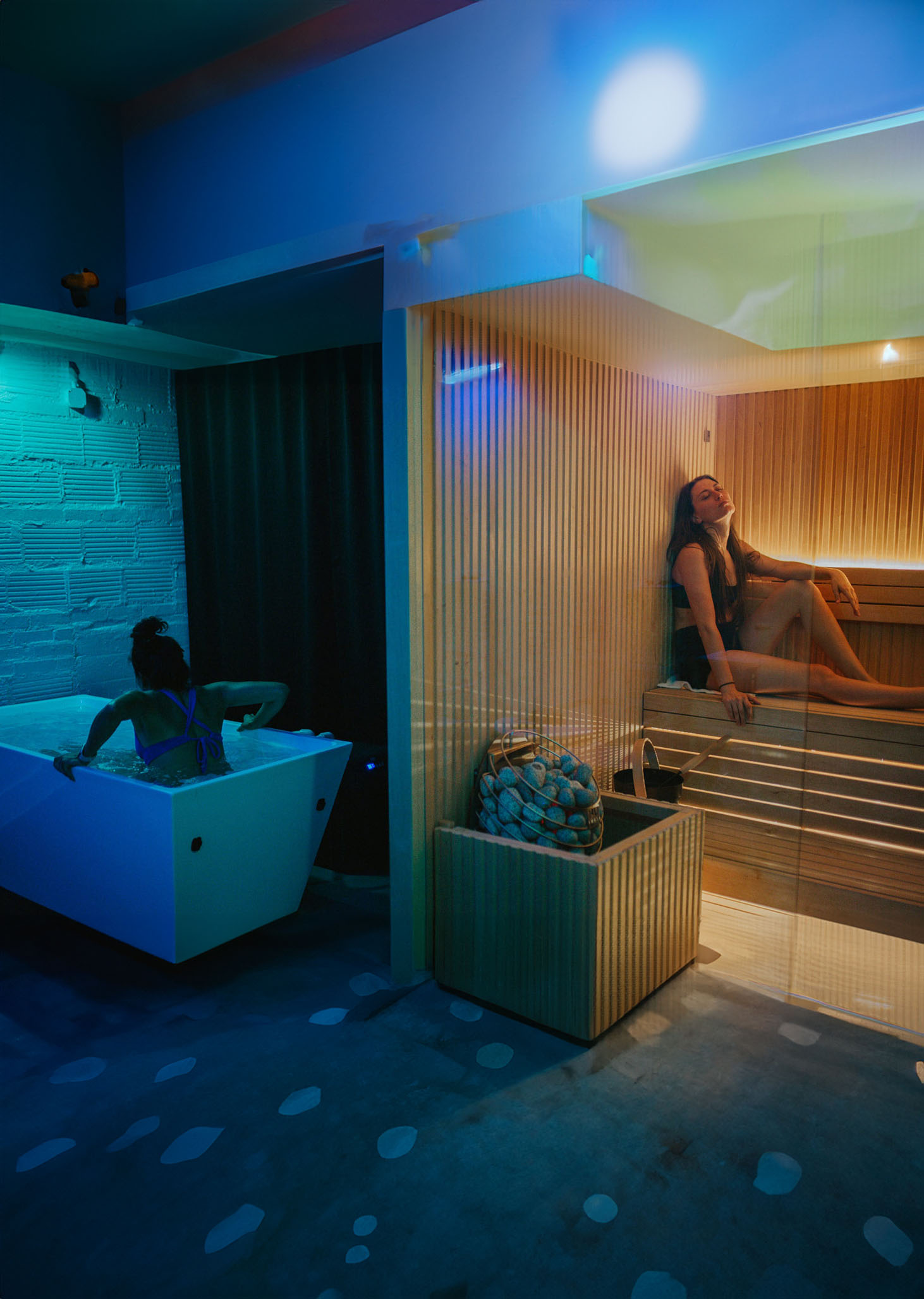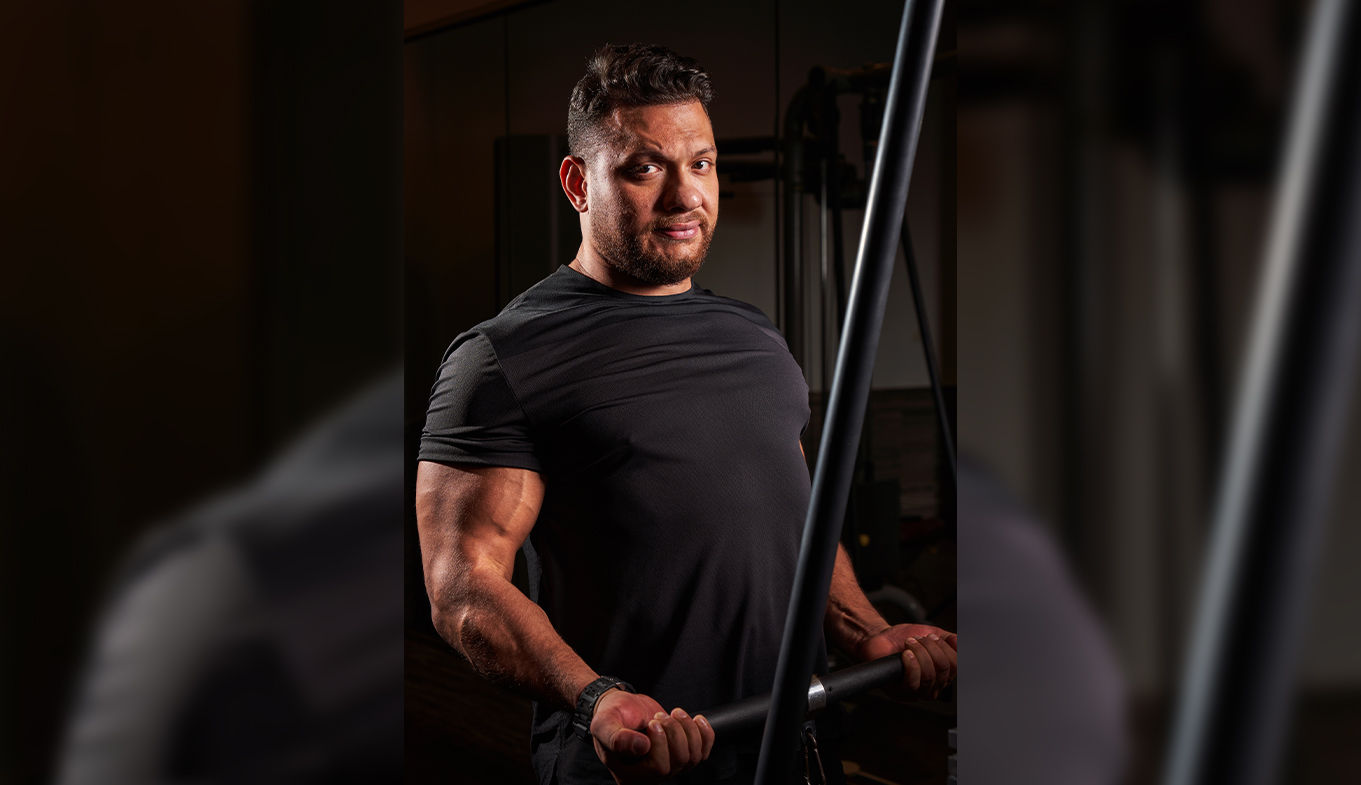Unlocking Wellness: The Benefits of Ice Baths, Saunas, and Steam Rooms
In the pursuit of holistic well-being, individuals often explore various methods to enhance relaxation, promote recovery, and address specific health concerns. Ice baths, saunas, and steam rooms have gained popularity for their distinct therapeutic benefits. This article delves into the advantages of each, explores the key differences, and elucidates their specific uses.
Ice Baths: A Chilling Elixir for Recovery

Benefits of Ice Baths
Ice baths, also known as cold water immersion or cryotherapy, involve immersing the body in extremely cold water. This chilly practice offers a myriad of benefits:
- Reduced Inflammation and Muscle Soreness: The cold water constricts blood vessels, minimizing inflammation and muscle soreness. This makes ice baths a go-to for athletes recovering from intense workouts.
- Enhanced Muscle Recovery: Ice baths stimulate blood circulation, promoting efficient oxygen and nutrient delivery to muscles. This accelerates the recovery process and reduces muscle fatigue.
- Improved Mood and Stress Relief: The shock of cold water triggers the release of endorphins, fostering a positive mood. Ice baths can be a natural stress-reliever, aiding in mental well-being.
Use of Ice Baths
- Post-Exercise Recovery: Athletes frequently incorporate ice baths into their recovery routine to speed up muscle recovery and minimize the risk of injuries.
- Pain Management: Ice baths are effective in managing chronic pain conditions such as arthritis, providing relief from joint inflammation.
- Enhanced Sleep: Taking an ice bath before bedtime can help regulate body temperature, promoting better sleep quality.
Saunas: Sweating it Out for Health

Benefits of Saunas
Saunas, originating from Finnish tradition, involve exposing the body to dry heat, typically in a wood-lined room. The benefits of regular sauna use include:
- Detoxification: Sweating profusely in a sauna helps expel toxins from the body, promoting overall detoxification.
- Improved Cardiovascular Health: The heat in saunas induces a temporary increase in heart rate, enhancing cardiovascular function and promoting better blood circulation.
- Skin Rejuvenation: The heat opens up pores, facilitating the removal of dead skin cells and promoting a healthy, radiant complexion.
Use of Saunas
- Cardiovascular Health: Regular sauna sessions are associated with a reduced risk of cardiovascular diseases, making them an excellent addition to a heart-healthy lifestyle.
- Relaxation and Stress Reduction: Saunas provide a serene environment, aiding in relaxation and stress reduction. The heat promotes the release of endorphins, contributing to an improved mood.
- Weight Loss Support: While not a substitute for a healthy diet and exercise, saunas can assist in weight loss by increasing calorie expenditure through sweating.
Steam Rooms: Inhalation Therapy for Respiratory Health

Benefits of Steam Rooms
Steam rooms, characterized by high humidity and lower temperatures than saunas, offer unique benefits related to respiratory health and overall well-being:
- Respiratory Relief: Inhaling steam helps alleviate respiratory conditions such as asthma, bronchitis, and allergies by soothing airway passages.
- Skin Hydration: The moist heat in steam rooms hydrates the skin, promoting a healthy and youthful complexion.
- Stress Reduction: Similar to saunas, steam rooms induce relaxation and reduce stress, contributing to mental well-being.
Use of Steam Rooms
- Respiratory Health: Steam rooms are particularly beneficial for individuals with respiratory issues, providing relief and promoting easier breathing.
- Skin Care: The hydrating effect of steam is advantageous for those looking to improve skin health, combating dryness and promoting a natural glow.
- Relaxation and Detoxification: Steam rooms offer a relaxing escape, aiding in detoxification through sweating and promoting a sense of well-being.
Contrast Therapy: Optimizing Well-Being Through Modalities

Benefits of Contrast Therapy
Contrast therapy involves alternating between different temperature modalities, such as ice baths, saunas, and steam rooms. The combination of these contrasting elements can amplify the benefits and create a synergistic effect on the body. The advantages of contrast therapy include:
- Enhanced Circulation: Alternating between hot and cold environments promotes vasodilation and vasoconstriction, leading to improved blood circulation.
- Accelerated Recovery: Contrast therapy is renowned for its ability to expedite muscle recovery by reducing inflammation through the application of both cold and heat.
- Stress Reduction: The dynamic shifts between hot and cold induce a robust stress response, releasing endorphins and fostering mental relaxation.
Use of Contrast Therapy
- Post-Exercise Recovery: Athletes and fitness enthusiasts often turn to contrast therapy to optimize recovery by incorporating cycles of ice baths and saunas or steam rooms.
- Pain Management: Individuals dealing with chronic pain or inflammatory conditions may find relief through the combination of cold and heat therapy.
- Improved Immune Function: The fluctuation between hot and cold environments can stimulate the immune system, potentially enhancing overall immune function.
The Differences Between Saunas, Ice Baths, Steam Rooms, and Contrast Therapy
- Temperature Dynamics:
- Saunas: Utilize dry heat, often reaching temperatures between 160°F to 200°F.
- Ice Baths: Involve immersion in cold water, typically around 50°F or lower.
- Steam Rooms: Employ moist heat, with temperatures ranging from 110°F to 120°F.
- Contrast Therapy: Alternates between hot and cold, creating a dynamic temperature fluctuation.
- Impact on the Body:
- Saunas: Promote cardiovascular health through increased heart rate and improved circulation.
- Ice Baths: Reduce inflammation, alleviate muscle soreness, and expedite recovery.
- Steam Rooms: Provide respiratory relief and contribute to skin hydration.
- Contrast Therapy: Combines the benefits of muscle recovery, cardiovascular health, and respiratory relief through the interplay of hot and cold.
- Duration and Frequency:
- Saunas: Sessions typically last 15 to 20 minutes, with 2 to 3 sessions per week recommended.
- Ice Baths: Shorter sessions of around 10 to 15 minutes, especially after intense physical activity.
- Steam Rooms: Sessions commonly last 15 to 20 minutes, with regular use for respiratory benefits.
- Contrast Therapy: Alternating cycles of 3-5 minutes of heat followed by 1-2 minutes of cold, repeated 3-4 times.
Choosing the Right Approach for Optimal Contrast Therapy
- Personal Tolerance: Understand your body's tolerance to temperature variations. Some individuals may prefer longer durations in a specific modality, while others may benefit from shorter, more frequent cycles.
- Wellness Goals: Consider your specific wellness goals when incorporating contrast therapy. Whether you prioritize muscle recovery, cardiovascular health, respiratory relief, or a combination, tailor your approach accordingly.
- Professional Guidance: If you have underlying health conditions or concerns, consult with a healthcare professional or wellness expert to ensure that contrast therapy aligns with your overall health and well-being.
Crafting a Customized Well-Being Regimen
In the intricate tapestry of well-being, contrast therapy emerges as a dynamic and versatile approach. By combining the unique benefits of saunas, ice baths, and steam rooms, contrast therapy offers a holistic solution for those seeking enhanced recovery, improved circulation, and stress reduction. Understanding the differences and nuances between these modalities empowers individuals to craft a customized well-being regimen that aligns with their personal preferences and health objectives.
Making Informed Choices for Optimal Well-Being
In the realm of wellness, one size does not fit all. Each of these modalities offers a unique set of benefits, and the choice depends on individual preferences, health considerations, and overall wellness goals. Whether you find respite in the crisp embrace of ice baths, the dry warmth of saunas, or the enveloping steam of steam rooms, the journey to well-being is a personal exploration.
By understanding the distinct advantages of ice baths, saunas, and steam rooms, you can tailor your wellness routine to address specific needs. Experimenting with different modalities and discovering what resonates with your body and mind can lead to a more holistic and enjoyable well-being journey.
















